Disclosure: This article contains affiliate links. We may earn a commission from purchases at no extra cost to you, which helps our travel content.
The moment I stepped into Riverside's historic downtown, I felt that familiar tingle of discovery – the one that comes from finding a place where the past hasn't been paved over but rather lovingly preserved. As someone who's spent years tracing how rivers shape communities and how materials influence architecture, this inland Southern California city struck me as a perfect weekend study in how citrus wealth created an architectural legacy that's still standing proud today. From Mission Revival mansions to Arts and Crafts bungalows, Riverside's accommodations tell the story of California's citrus boom in ways that concrete and drywall never could.
The Mission Inn: A Builder's Dream and Nightmare
If you've ever wondered what happens when a builder's ambition meets unlimited vision, look no further than The Mission Inn Hotel & Spa. This sprawling architectural fever dream began as a modest adobe boarding house in 1876 and evolved into what I can only describe as a magnificent structural identity crisis.
As someone who's spent years in construction, I walked through its labyrinthine corridors marveling at how one building could incorporate Mission Revival, Spanish Gothic, Moorish Revival, and Renaissance Revival elements without collapsing under the weight of its own ambition. The flying buttresses aren't structural necessities – they're pure architectural showing off, and I'm here for it.
I stayed in a room in the oldest wing, where the walls are thick enough to maintain a perfect 68 degrees without modern HVAC working overtime. That's something we've forgotten in modern construction – thermal mass is nature's temperature control. The four-poster bed was draped in period-appropriate linens, though I appreciated the modern memory foam pillow I brought along for proper neck support after a day of architectural gawking.
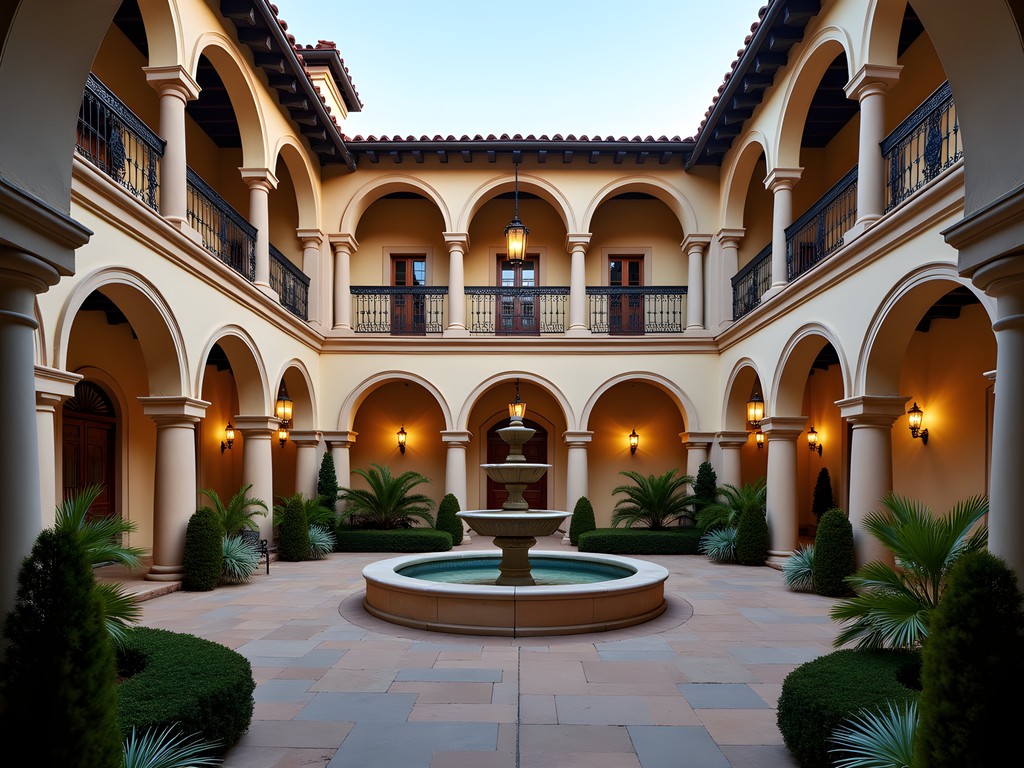
💡 Pro Tips
- Book room 409 for the best balance of historic charm and modern comfort
- Request a tour with the hotel historian – they'll show you spaces not on the regular tour
- The Presidential Lounge makes a mean Old Fashioned – perfect after exploring the Spanish Patio
The Riverside Heritage House: Victorian Craftsmanship Preserved
While not technically a hotel, I'd be remiss not to mention The Heritage House, which offers occasional overnight stays for special events. This 1891 Victorian showcases the kind of craftsmanship that makes builders like me weak in the knees.
The house belonged to Mrs. Catherine Bettner, widow of a citrus pioneer, and represents the pinnacle of Queen Anne Victorian architecture. What struck me most was the original woodwork – old-growth redwood that you simply can't source today. The front parlor features hand-carved newel posts and spindles that would require a small fortune to replicate with modern labor costs.
During my visit, I was able to examine the original plaster medallions in the ceiling – completely intact after 130 years. Try finding that kind of longevity in today's drywall work! The docent showed me original blueprints (a thrill for any builder), and I noted how the house was positioned to maximize cross-ventilation from the Santa Ana River – a passive cooling technique we're only now rediscovering in sustainable architecture.
If you're planning to photograph the intricate details, you'll want proper lighting. My portable LED light was perfect for illuminating the dark corners and woodwork details that standard phone cameras miss in these historic interiors.

💡 Pro Tips
- Call ahead to check if any special overnight events are scheduled during your visit
- The third Sunday of each month features extended tours with access to normally restricted areas
- Look for the hidden servant passages – they reveal the true social dynamics of the era
The Citrus River Bungalows: Arts & Crafts Reimagined
For those who prefer more privacy than a traditional hotel offers, I discovered The Citrus River Bungalows, a collection of restored Arts & Crafts homes from the 1910s and 20s converted into individual guest accommodations. Located in the historic Wood Streets neighborhood, these bungalows offer a glimpse into how Riverside's middle-class lived during the height of the citrus boom.
I stayed in the Orange Blossom Bungalow, a 1922 Craftsman with the characteristic low-pitched roof and exposed rafter tails that make this architectural style so distinctive. The owners have done a remarkable job preserving original features while adding modern conveniences. The built-in cabinets with leaded glass doors remain intact, now displaying local history books instead of fine china.
What impressed me most was how they maintained the original Douglas fir flooring. As a builder, I know the challenges of restoring century-old softwood floors. The natural patina tells the story of a hundred years of footsteps, something no modern distressed flooring product can authentically replicate.
Each morning, I enjoyed coffee on the deep front porch, protected from the California sun by the generous eave overhangs – a practical design feature that modern tract homes often neglect. I brought my pour-over coffee maker to enjoy a proper brew while watching the neighborhood wake up, a ritual that felt perfectly aligned with the bungalow's thoughtful, handcrafted ethos.
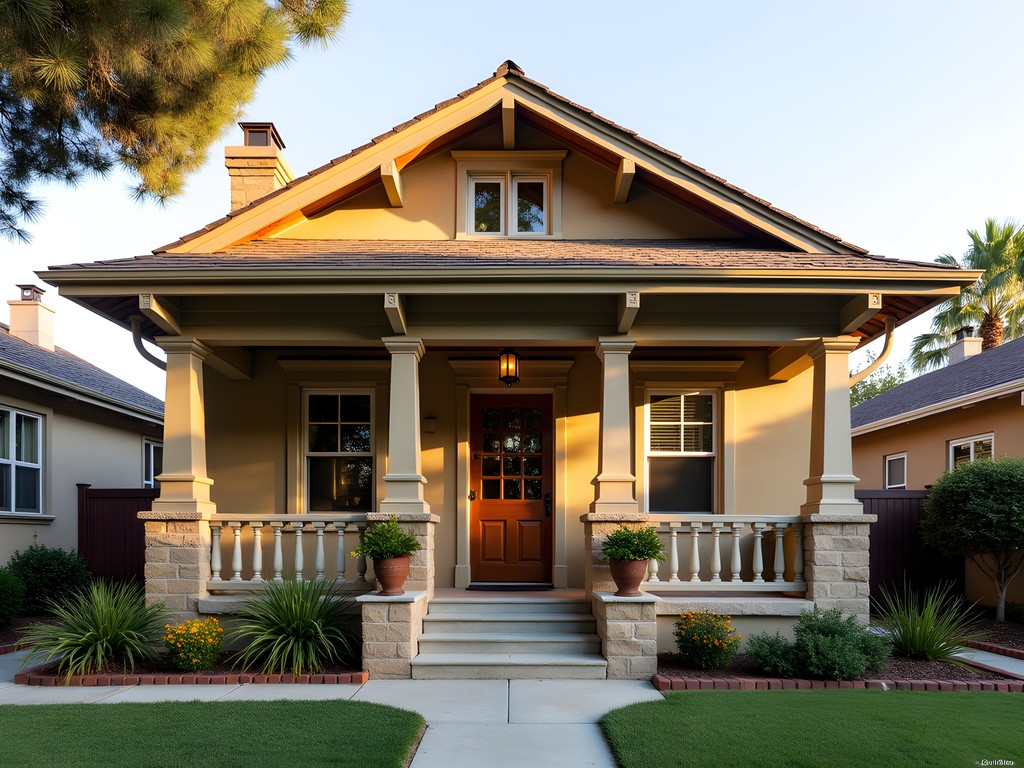
💡 Pro Tips
- Book the Lemon Grove Bungalow for the best original bathroom fixtures, including a claw-foot tub
- Ask the owners about the neighborhood architectural walking tour map they've created
- Each bungalow has a unique collection of Arts & Crafts furniture - the Mission Bungalow features authentic Gustav Stickley pieces
Riverwalk Cottages: Modern Lodging with Historic Roots
Not all worthy accommodations in Riverside are historic properties. The Riverwalk Cottages represent a thoughtful modern interpretation of the city's architectural heritage while offering amenities today's travelers expect.
Built in 2015 along a restored section of the Riverside Canal (one of the original irrigation channels that made the citrus industry possible), these cottages draw design inspiration from the worker housing that once dotted the grove lands. The developer, a third-generation Riverside native, consulted historical records to inform the design.
As someone who appreciates how regional building materials shape architectural identity, I was pleased to see locally-sourced granite used in the foundations – the same stone that anchors many of Riverside's historic buildings. The interiors feature subtle nods to citrus history, from the orange-crate label artwork to the clever use of irrigation pipe fittings as bathroom fixtures.
My cottage had a small kitchenette perfect for simple meals, though I found myself spending most evenings on the private patio overlooking the canal. The outdoor string lights I travel with transformed the space into a perfect spot for evening journaling about the day's discoveries.
What makes these cottages truly special is how they connect to Riverside's extensive trail system. Each morning, I walked along the canal path directly to downtown, following essentially the same route oranges once traveled from grove to packing house. It's a tangible connection to the city's agricultural past that you simply can't get from a standard hotel.
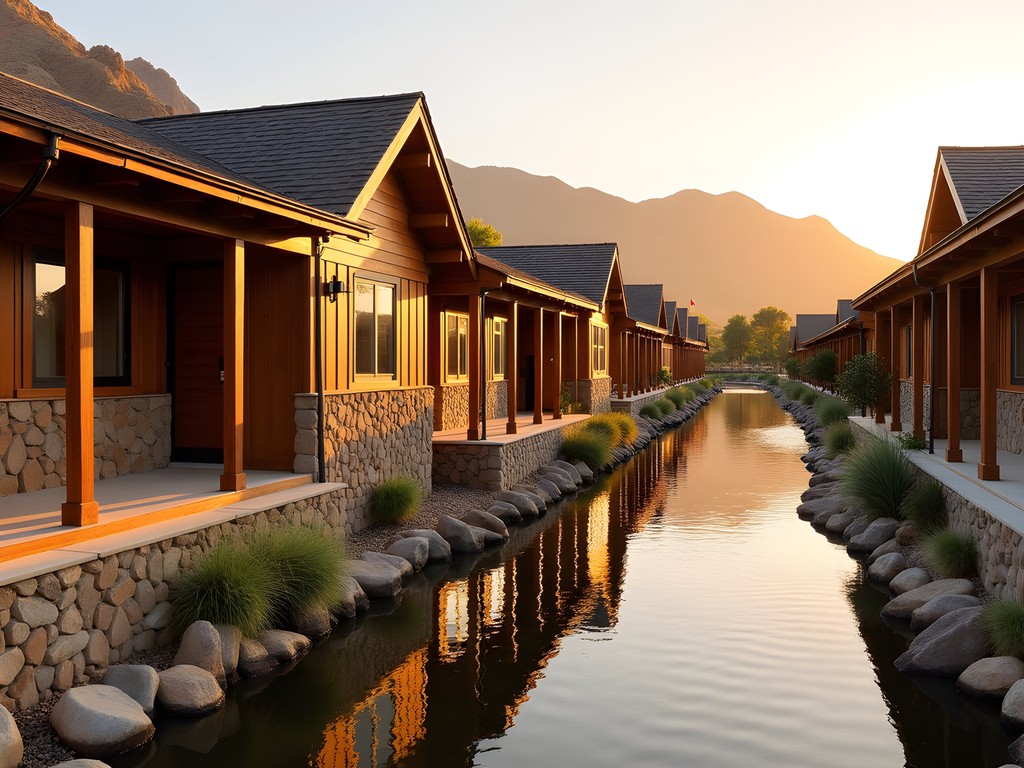
💡 Pro Tips
- Request Cottage 7 for the best canal views and morning light
- The kitchenettes have basic supplies, but bring your own spice kit if you plan to cook
- Borrow the complimentary bicycles to explore the full canal trail system
Citrus Clay Inn: Where Pottery Heritage Meets Hospitality
My final discovery combines two of my passions – traditional building methods and ceramics. The Citrus Clay Inn occupies a 1905 brick commercial building that once housed the Riverside Pottery Works, which produced irrigation tiles for the citrus industry.
The four-room boutique hotel preserves the industrial character of the space while creating comfortable accommodations. My room, the Potter's Suite, featured the original brick walls and timber ceiling beams, complemented by contemporary furnishings that don't compete with the historic elements.
What makes this inn unique is the working pottery studio on the ground floor, where guests can take classes or simply watch artisans at work. The connection to Riverside's agricultural past is evident in the decorative tiles throughout the property, many reproducing patterns from the building's commercial heyday.
The innkeeper, a ceramic artist herself, explained how the local clay deposits influenced both the building materials and pottery traditions of early Riverside. As someone who studies how local resources shape building practices, this connection between architecture and craft resonated deeply with me.
Each room features handcrafted ceramic pieces that guests can purchase as souvenirs. I couldn't resist taking home a ceramic travel mug made on-site – a functional reminder of Riverside's clay heritage that now accompanies me on all my travels.
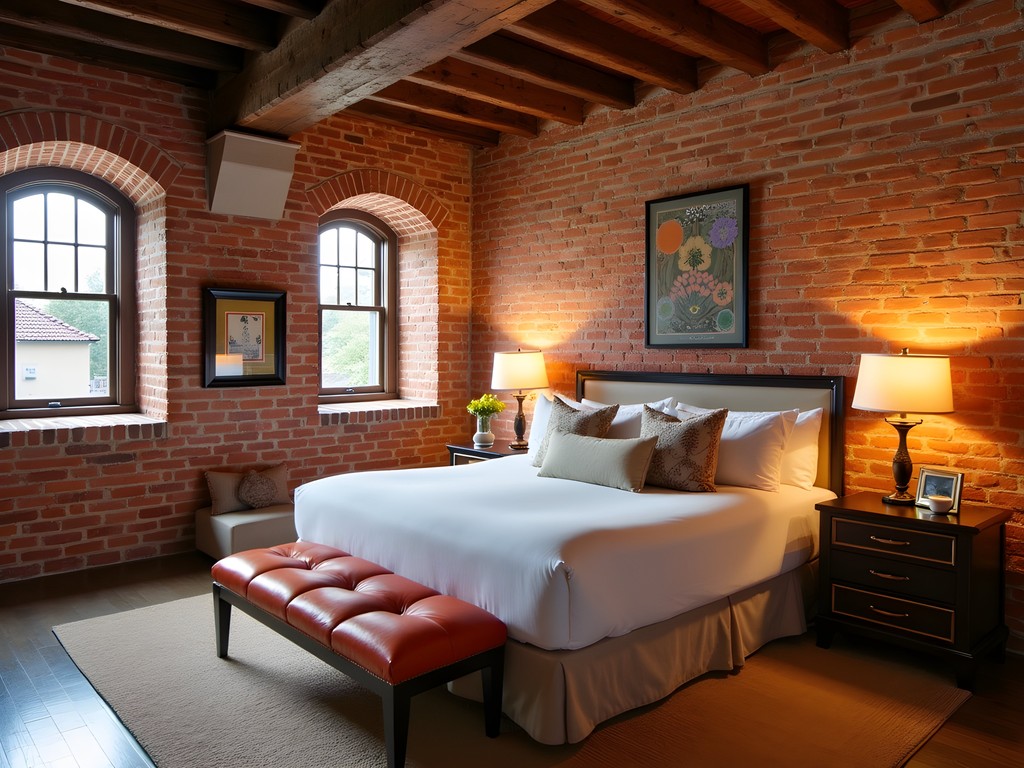
💡 Pro Tips
- Book the Kiln Room for the most interesting architectural features, including the original firing chamber converted to a reading nook
- Arrange a private pottery lesson with advance notice - the 2-hour wheel throwing class is perfect for beginners
- Ask about the archaeological display of pottery fragments found during the building's renovation
Final Thoughts
Riverside isn't on most travelers' California itineraries, overshadowed by coastal destinations and desert getaways. But for those interested in how water, agriculture, and prosperity shape a community's built environment, these hidden accommodations offer more than just a place to sleep – they provide a tangible connection to California's citrus heritage.
What struck me most during my weekend explorations was how the city's relationship with water – from the Santa Ana River to the complex irrigation canals – dictated where and how buildings were constructed. As a builder fascinated by how geography influences architecture, I found Riverside to be a masterclass in adaptation and innovation.
Whether you choose the grandeur of The Mission Inn, the craftsmanship of a restored bungalow, or the industrial character of the Citrus Clay Inn, staying in these properties offers an immersion in California history that no museum could provide. The next time you're planning a Southern California getaway, consider skipping the coast for a weekend and heading inland to discover the architectural legacy of the citrus empire. Your understanding of California's development – and perhaps your appreciation for a perfectly crafted space – will be forever enriched.
✨ Key Takeaways
- Riverside's historic accommodations offer a tangible connection to California's citrus heritage
- The city's architectural diversity reflects different eras of prosperity and changing cultural influences
- Staying in historic properties provides context and depth to understanding Southern California's development
- Even modern accommodations in Riverside often incorporate historical references and materials
- The city's relationship with water shaped its development in ways still visible today
📋 Practical Information
Best Time to Visit
Spring (March-May) when citrus blossoms perfume the air
Budget Estimate
$150-350 per night depending on accommodation
Recommended Duration
2-3 day weekend
Difficulty Level
Easy


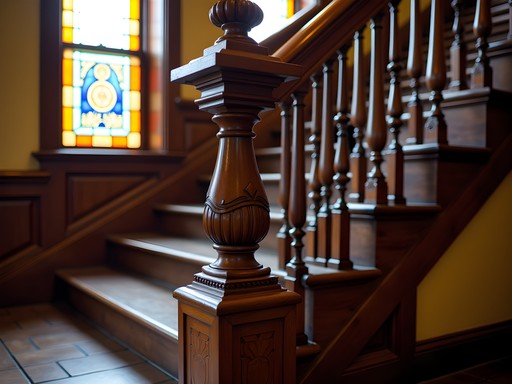
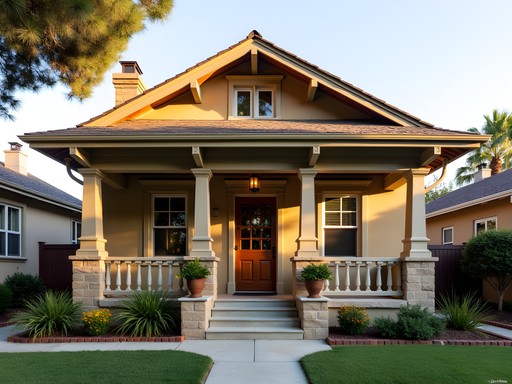
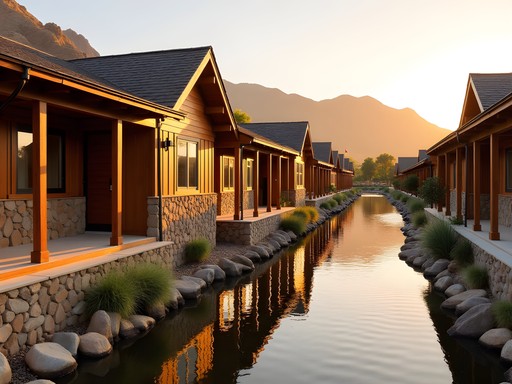
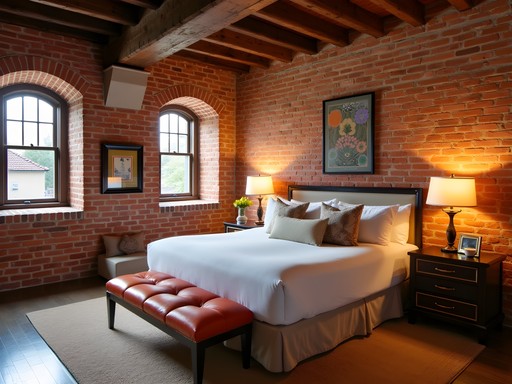


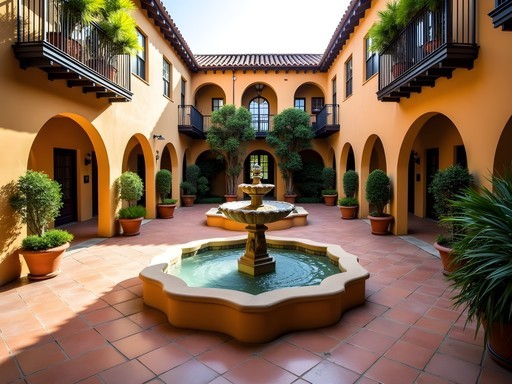
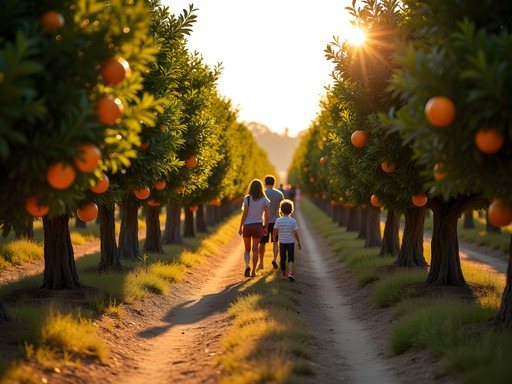

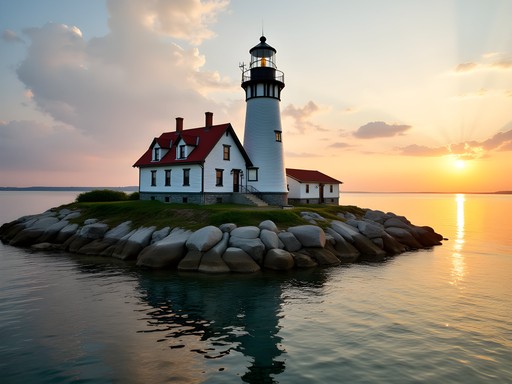
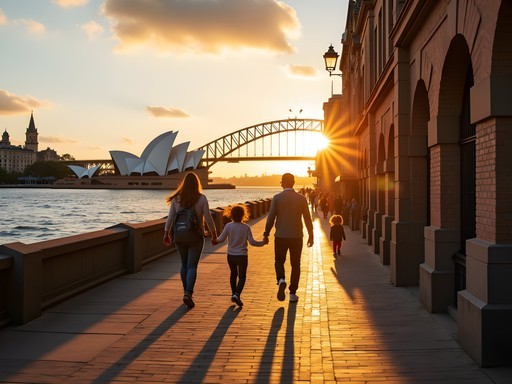
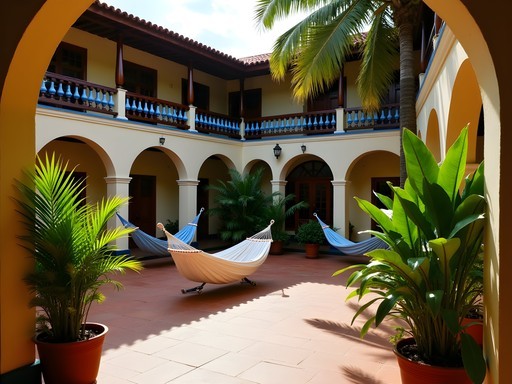
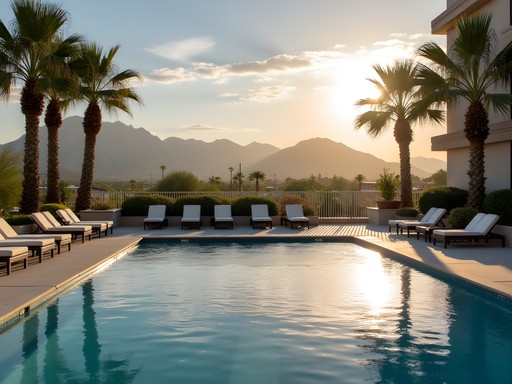
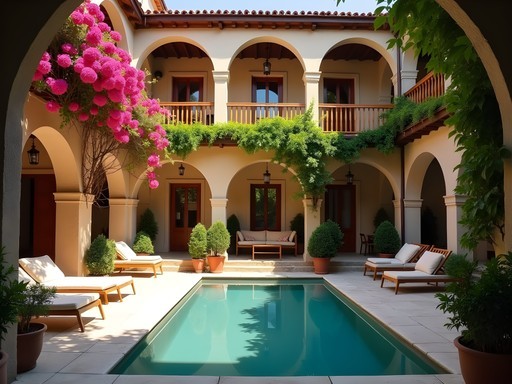
Comments
bluerider
Those Victorian porches at the Heritage House look amazing! Added to my list!
Hunter Thompson
Brilliant post on Riverside! I backpacked through California last year and spent 3 days in Riverside - completely underrated gem! For anyone visiting, don't miss the California Citrus State Historic Park. It's a bit outside downtown but gives you the full history of why this region was so important. I cycled there using the hotel's free bikes and spent hours wandering the groves. Brought my travel journal and filled pages with orange blossom sketches and notes. The docents there are mostly retired citrus farmers with amazing stories!
globemood4789
Justin, you nailed the vibe of Riverside! I stayed at the Citrus River Bungalows last spring and it was such a refreshing alternative to cookie-cutter hotels. The owners gave us a map of historic citrus groves to visit and recommended this amazing little cafe called Back to the Grind. If you go back, you HAVE to try their orange-infused cold brew - tastes like Riverside in a cup! Also loved how walkable downtown was from there.
adventureguy
Great post! Is Riverside worth visiting in winter? Planning a SoCal trip in December and wondering if I should add it to my itinerary.
tripwanderer
December is actually perfect! The Mission Inn Festival of Lights is incredible - they decorate with like 5 million lights. Book early though, hotels fill up fast during that time.
adventureguy
Thanks for the tip! Will definitely look into that festival.
sunsetfan6746
Omg I stayed at the Mission Inn last year and it was MAGICAL!! Those winding staircases and hidden courtyards made me feel like I was in some European castle, not California! Did anyone else get lost trying to find their room? 😂 The Sunday brunch was worth every penny though. Justin, your photos captured the place way better than mine did!
bluerider
Lol yes! Got totally lost there too. That place is a maze!
Sophia Gomez
The Mission Inn is incredible! I was there for a business conference last month and couldn't stop taking photos. Did you get to see the Presidential Lounge? They have this amazing display showing all the presidents who've visited over the years.
moonzone
Love this! Never would have thought to visit Riverside but these historic places look amazing. Adding to my California road trip!
springway
Anyone stayed at the Riverside Heritage House? Thinking about booking it for our anniversary in October. How's the breakfast there?
luckybackpacker
We stayed there in 2023! Super romantic for an anniversary. The breakfast was all homemade - fresh scones, local citrus, and they accommodated my gluten allergy without any fuss. Ask for the Rose Room if it's available - best morning light and a little sitting area.
Hunter Thompson
Brilliant write-up on Riverside! I passed through last year and was properly gobsmacked by The Mission Inn - absolute madness of architecture in the best way possible! If anyone's planning a visit, the evening light tours are magical when they illuminate all the nooks and crannies. Also worth checking out the small citrus museum nearby to understand why this region was so important. Cheers for highlighting these gems!
springway
Did you need to book the evening tours in advance? Planning to visit in November.
Hunter Thompson
Absolutely mate, especially if you're going in November when they start their Festival of Lights! I used the Riverside Explorer Pass which included the tour plus entry to a few other historic buildings. Book at least a week ahead!
luckybackpacker
Just stayed at the Mission Inn last month and it was INCREDIBLE. Those staircases that lead nowhere and hidden gardens are like something out of a dream. We took the historic tour and learned that the owner kept adding on rooms and wings for decades without any master plan. No wonder it feels like a labyrinth! The presidential suite where Nixon got married was my favorite part. Definitely worth the splurge for a special occasion.
oceanmood
Great post! Which of these places would you recommend for a first-time visitor to Riverside? I've never been but these historic inns look amazing.
Justin Kelly
Thanks @oceanmood! For first-timers, The Mission Inn is truly special - it's an experience beyond just accommodation. But if you're on a budget, the Citrus River Bungalows give you that historic feel without the higher price tag.
oceanmood
Thanks Justin! Adding Mission Inn to my must-stay list!
Venture X
Premium card with 2X miles, $300 travel credit, Priority Pass